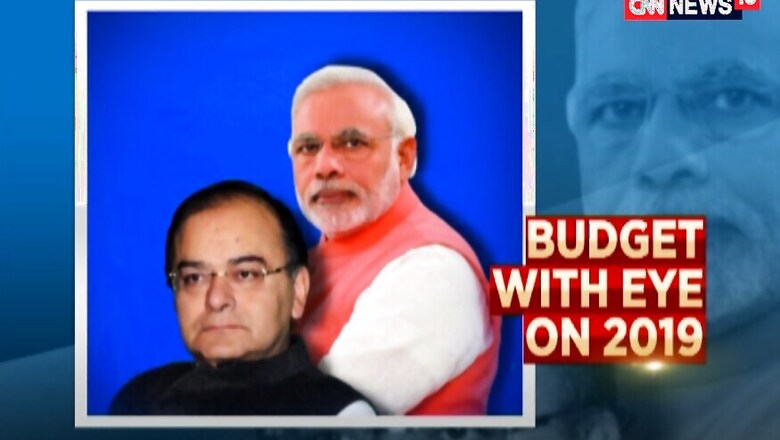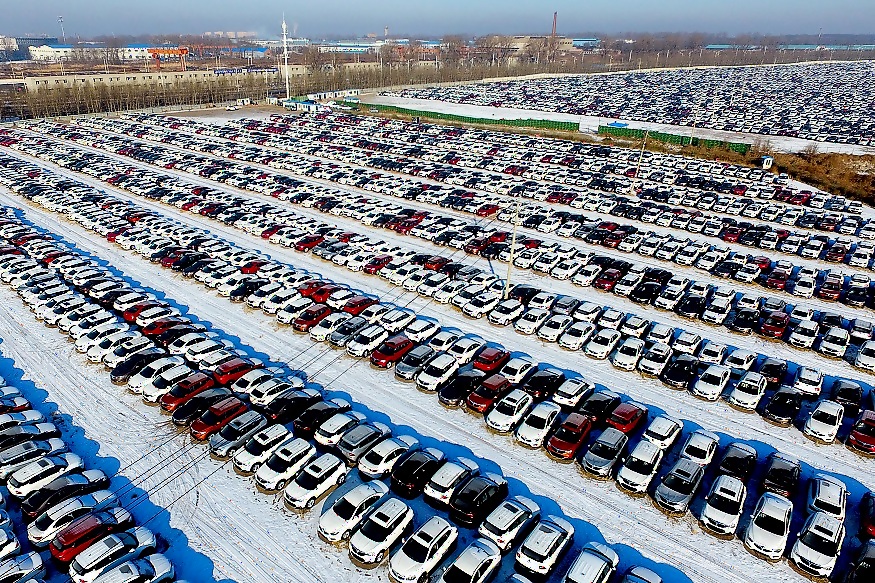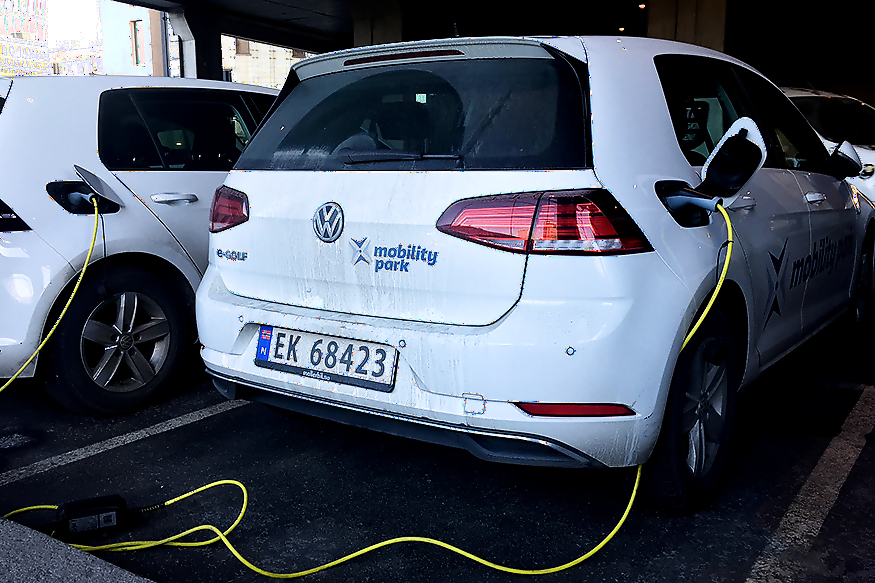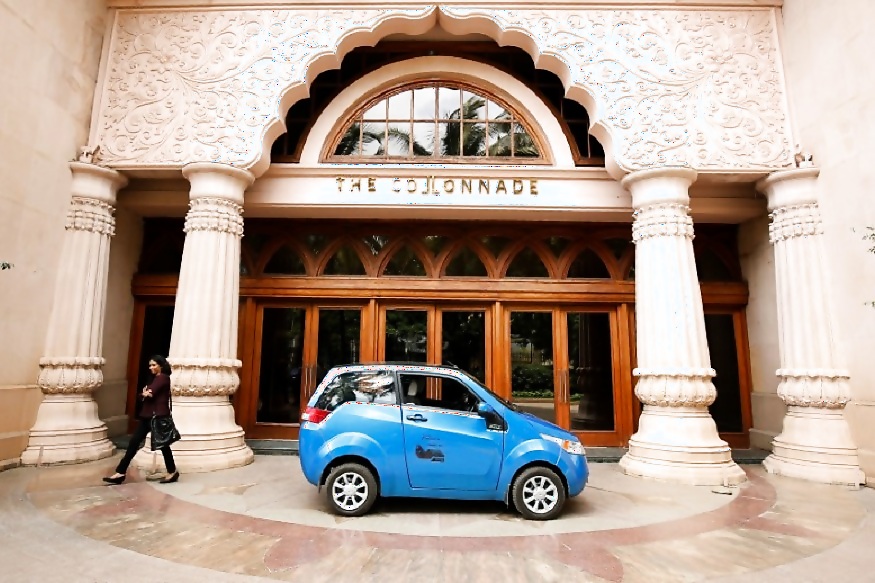
views
The BJP-led Government of India will present the final budget of its term in the Parliament on 1st February, 2019. Even though it is an interim budget, there are a lot of expectations from the Finance Ministry to woo every section of the society. The automobile industry has their own set of expectations from the budget and the focus is on three key areas -1) Electric Mobility 2) Stricter Emission Norms and 3) Emphasis on Road Safety.
Here are some of the recommendations by the Automotive Component Manufacturers Association (ACMA), the apex body of the Indian auto component industry–Technology Development & Acquisition Fund

- Reduction of basic custom duty on Raw Material
Steel and aluminium alloys attract basic custom duty i.e. 15% and 10% respectively. The sector, largely dominated by MSMEs is facing a huge challenge in availability of raw materials at right price. A reduction in customs duty on all alloy steel and secondary Aluminium Alloy items including scrap is strongly recommended.Direct Tax:
To encourage domestic R&D and testing, it is important to provide exemption on import duty on auto component prototypes. Also retaining of weighted tax deduction on R&D expenditure is critical. The 2016-17 Budget reduced weighted deduction benefit from 200% to 150% and has further restricted the deduction to 100% from 1st April 2020.MSME Definition
A new MSME definition will allow larger number of companies to avail government incentives e.g. 25% corporate tax and allow for better GST compliance. As per the proposed definition, MSMEs are categorized on the basis of their annual turnover instead of investment in plant & machinery/equipment as under:
Investment Allowance

Commenting on the expectations from the forthcoming Budget, Vinnie Mehta, Director General, ACMA said, “With the entire auto industry undergoing a technological transformation on the front of emissions and safety, enhancing spend on R&D and creating infrastructure for innovation are of utmost criticality for the auto component industry to stay relevant.
Mehta also emphasised, “The auto component industry, being an intermediary, has recommended for a uniform GST rate of 18 percent on all auto components. The industry has significant aftermarket operations, which is plagued by grey operations and counterfeits due to the high 28 percent GST rate. A moderate rate of 18 percent will not only address this challenge but will also enhance the tax base through better compliance”.Push to Electric Mobility

Here are the recommendations from SMEV for the Interim Budget 2019-2020:
Safety is Paramount

Government can win people’s faith with zero per cent GST - “GST shall not be levied on helmets as they are meant for safety. Helmets are life saving device just like medicines. Therefore, just the way there is no GST on medicines so shall helmets be exempted. Moreover, unless helmets are exempted from taxes, prices will go up and the effort of the government to roll out the new ISI standard and mandatory use of ISI helmets will be defeated.”
He further adds - “India has a vast population of 1.3 billion therefore India cannot survive with agriculture and service industry alone. We need to become an industrial hub. Also to overcome the current problem of Chinese products flooding the Indian market we need to ensure that we start manufacturing locally.”A Call for Reduced GST
There’s also a call from the OEMs in India to reduce GST and cess on passenger cars to accommodate the BS VI norms. Steffen Knapp, Director, Volkswagen Passenger Cars says - “This year, the automotive industry is undergoing a major technological transformation as we shift from BS IV to BS VI norms, enhance our safety standards and increasingly prepare towards developing the e-mobility landscape. With increased investments, we urge the government to support and uplift the declining market sentiment by reducing the GST rate and cess applied on passenger cars. Further, with the aim of promoting e-mobility in India, we request the government to outlay a stable regulatory and taxation framework that supports and incentivizes the manufacturing of electric vehicles.”




















Comments
0 comment